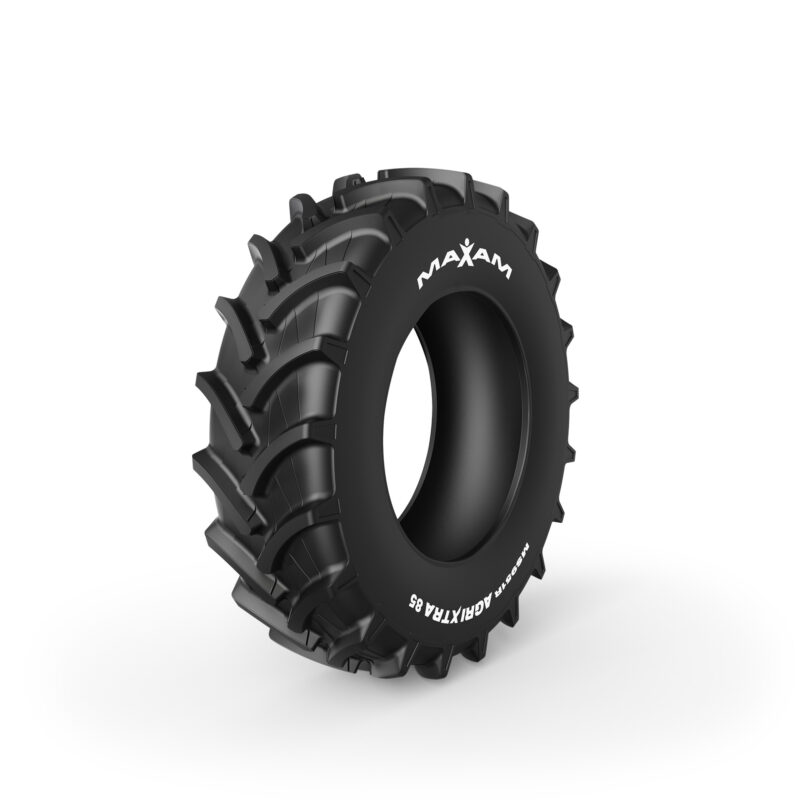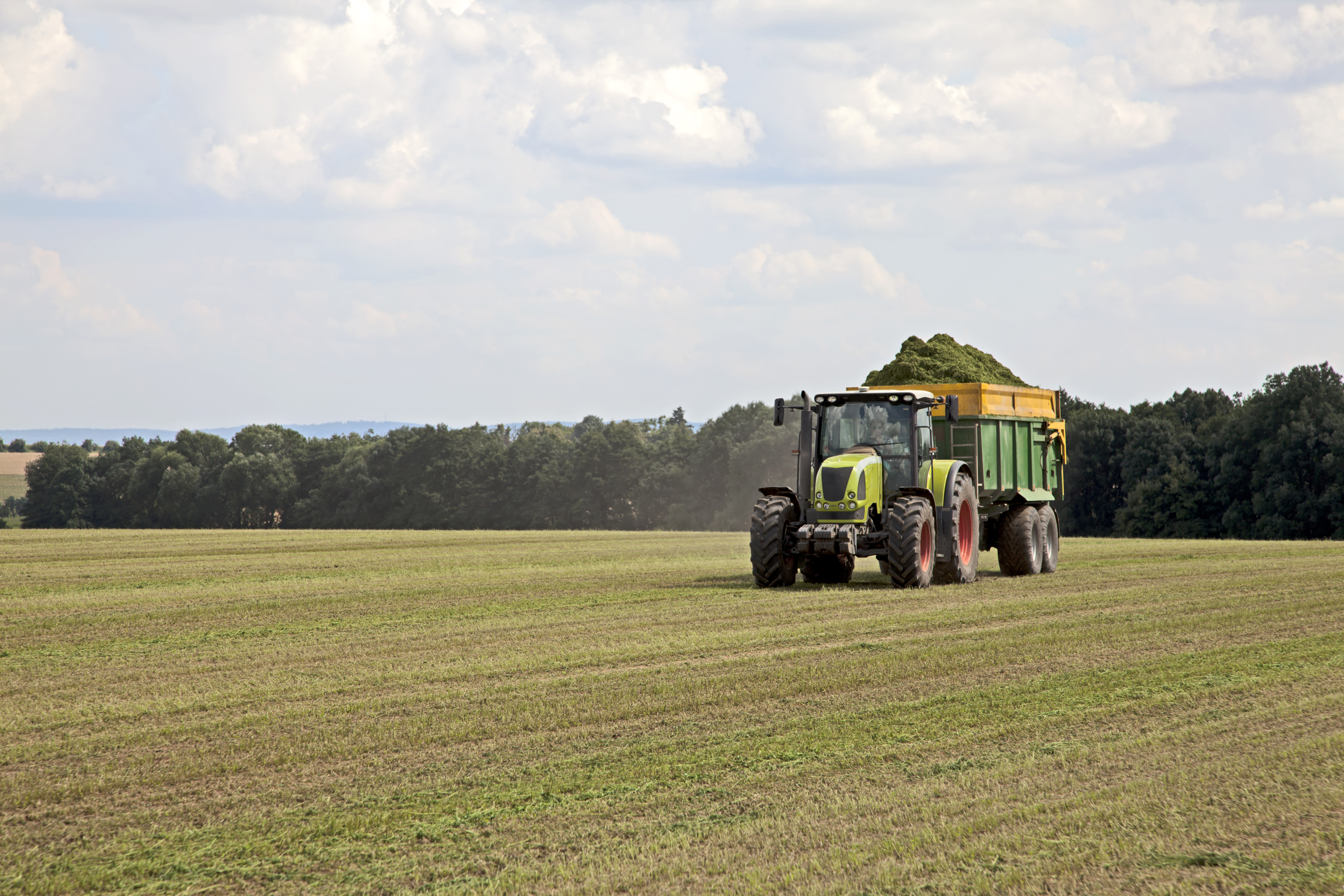What’s the difference between bias and radial tires? What benefits do they provide for farmers and growers? Read on to discover how tire construction impacts agriculture.
Across the globe, radial tires make up the most of annual tire sales. In agriculture however, both radial and bias tires are used by farmers and growers depending on their field conditions, equipment, and more.
How are Radial Tires Different from Bias-Ply?
The primary difference between radial tires and bias-ply tires is in the tire carcass and the material construction of the tires. Below are examples detailing the differences between the two types of tire construction:
Radial tires use a single casing as a spring mechanism to ensure even contact with the ground. This type of construction enhances traction as the tire’s footprint is generally wider. On the other hand, bias-ply tires are made of multiple plies of material that give the tire a “balloon-like” structure. In the diagram below, we can see how the different carcass construction changes the tire’s contact with the ground:
Why are Farmers and Growers Switching to Radial Tires?
As time has passed, many farmers and growers see the performance difference between radial and bias-ply tires.
The improved footprint and traction delivered by radial tires offers lower soil compaction and better performance for farmers and growers. As agriculture equipment continues to evolve, so do the demands of the tires that power them forward. Improved tire grip, load carrying capability, and enhanced traction, are the main reasons many are making the switch.
In most cases, bias ply carcass constructed tires are built with either nylon or polyester threads to achieve a certain strength rating. Every tire is a compromise between load-carrying capacity, working speed, and the tire’s footprint. By using different types of materials in the tire casing, we can enhance performance. Here are some ways radial tires outperform bias-ply:
| MAXAM Tire Construction | Casing Materials | Working Belts | Primary Reason | Featured Benefit and Application |
| Radial | Nylon Casing | Nylon Belts | Flotation, Traction, and Improved Grip | Reduced compaction, Improved fuel efficiency, and reduced ground slip for 4WD or MFWD Tractors |
| Radial | Nylon Casing | Steel Belts | Improved Traction and Load Carrying Capacity @ high Air Pressures | Uniform contact patch and high load-carrying capacity especially for Harvesters or Floaters |
| Radial | Steel Casing | Steel Belts | Very high load or
very highspeed requirement |
High road speeds that generate heat or high load capabilities like heavy transport tankers or trailers |
Radial Tires in Agriculture
As agricultural machinery continues to grow in weight and engine horsepower, nylon radial casing with steel belts or steel casing with steel belts is increasingly common.
In addition, compact construction equipment is becoming a staple of agriculture to support all farming operations. Over the last 25 years, skid steers and backhoes have become integral parts of any farm or grower’s operation. Telehandlers, wheeled excavators, and compact wheel loaders are a few more pieces of equipment that are popping up in agriculture, especially in Europe. Smaller farms with tighter road restrictions rely heavily on radial tires due to the high load and high transport speeds required.
Some examples of our own radial construction tire offerings include:
Radial tires have become agriculture’s preferred choice because they deliver where it matters most:
-
Superior Traction: Deeper bite in challenging conditions means better pull-through power
-
Optimized Flotation: Larger footprint distributes weight evenly to protect soil structure
-
Higher Roading Speeds: Advanced compounds handle heat buildup for efficient field-to-field transport
-
Enhanced Durability: Reinforced construction resists cuts and damage in demanding conditions











